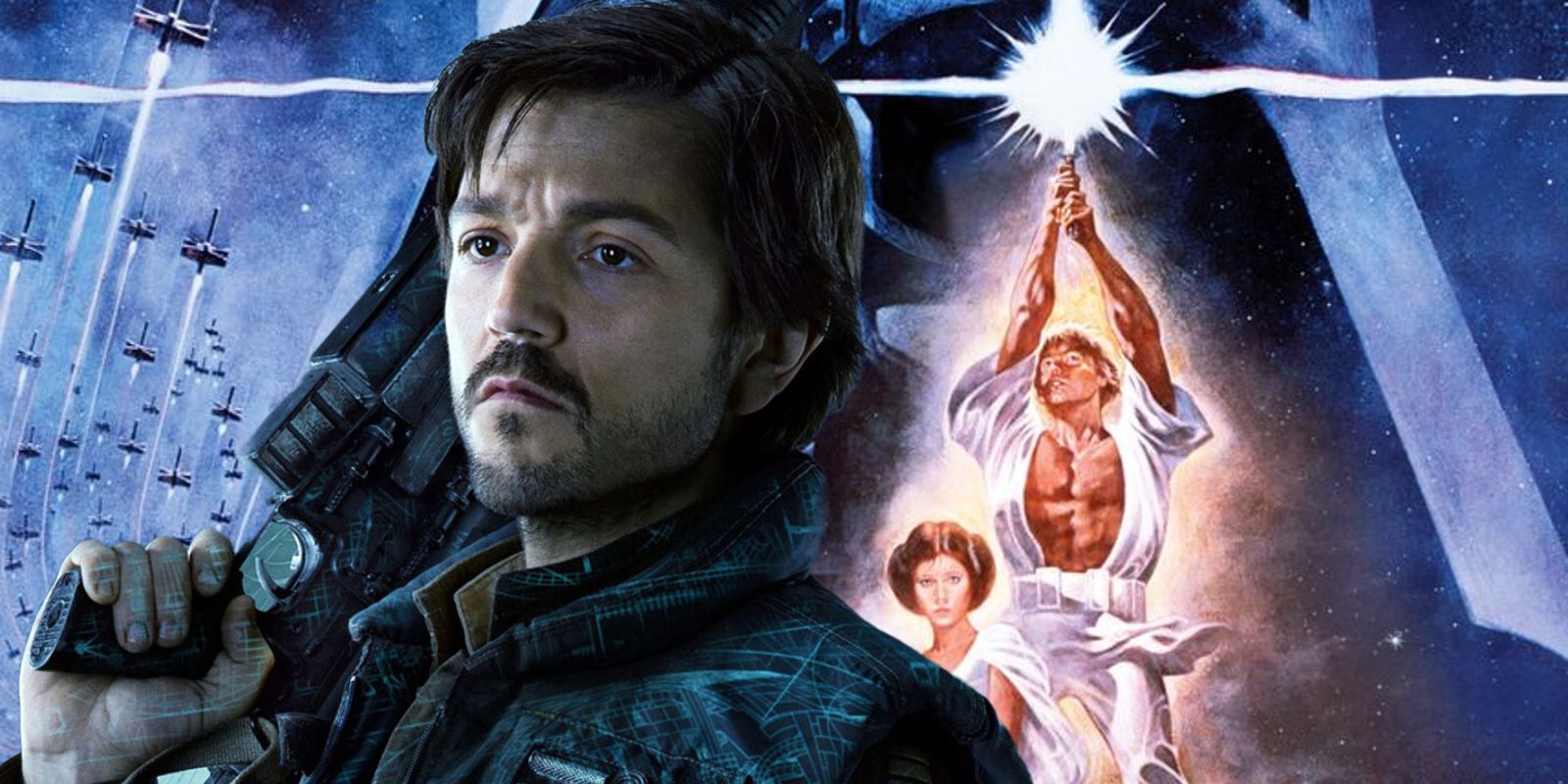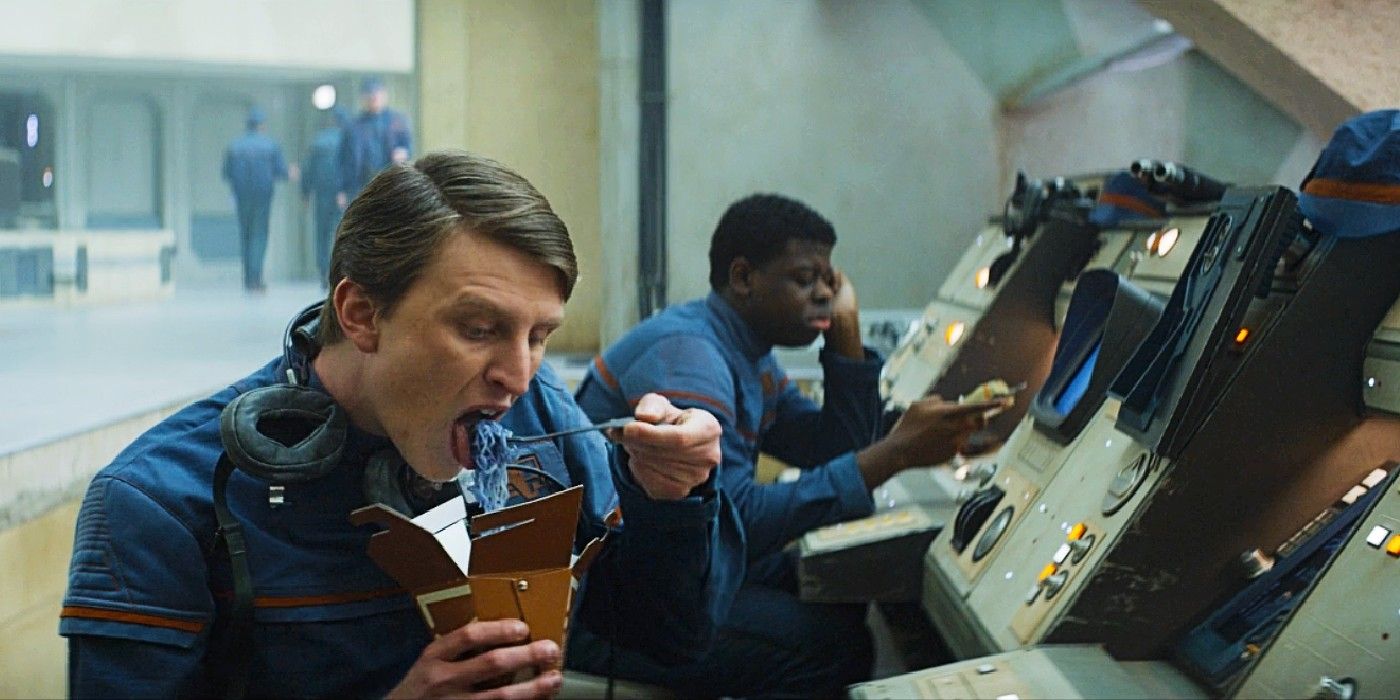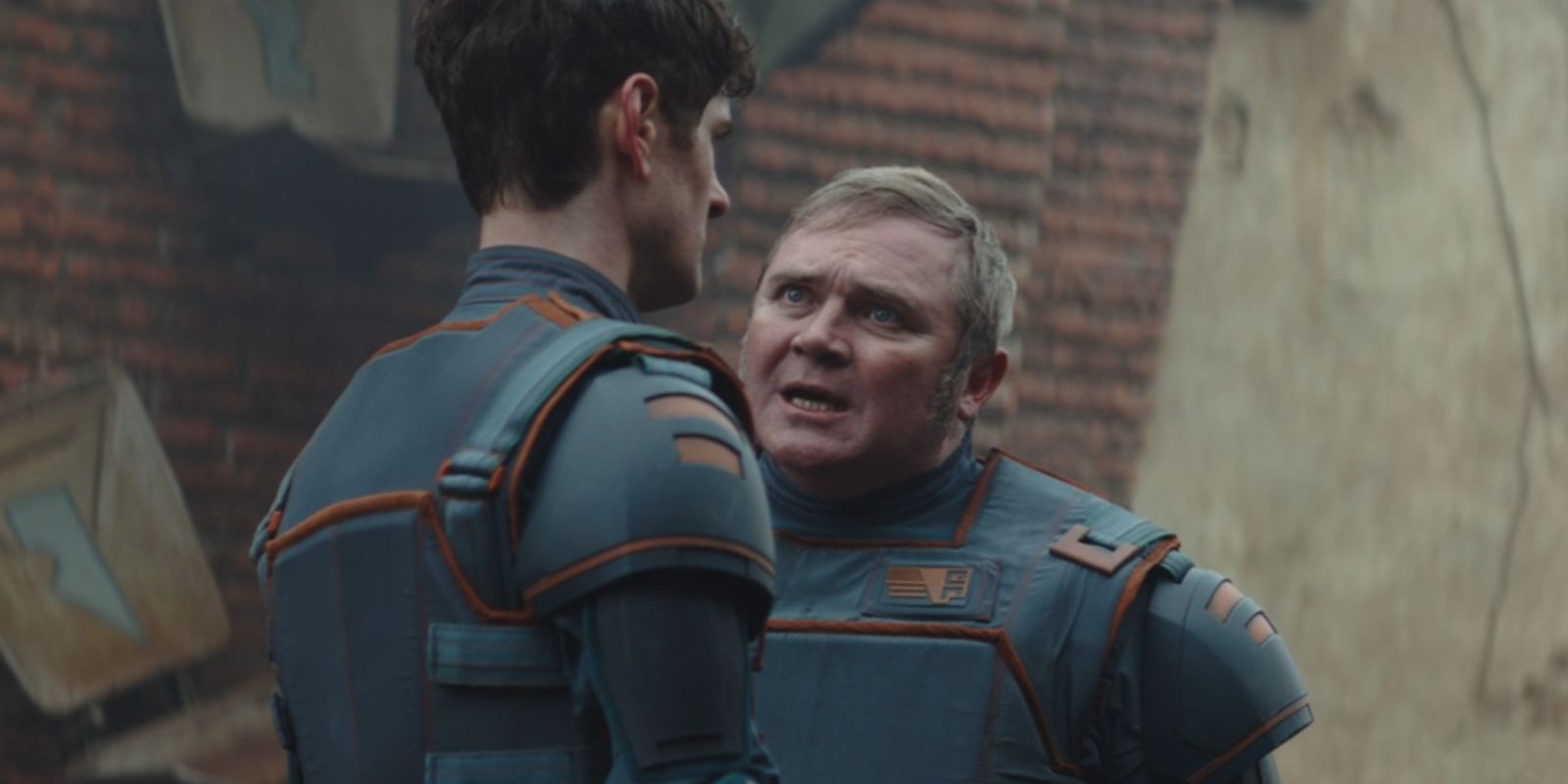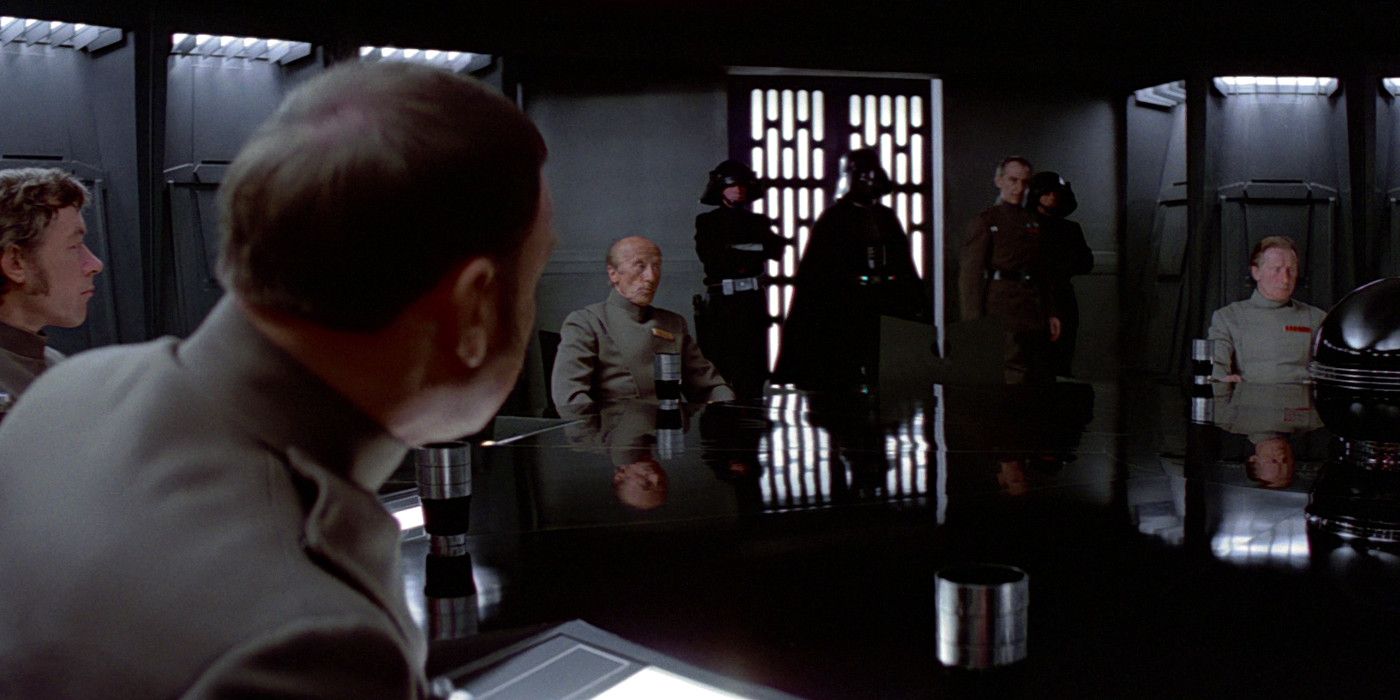Warning! SPOILERS for Andor episodes 1-3.A new side of the Galactic Empire is showcased in Andor, and while it changes the ways viewers will see the regime, it still fits perfectly with its portrayal in A New Hope and other Star Wars material. Heavily inspired by real-world fascist regimes, the Star Wars franchise’s Galactic Empire is fittingly portrayed as a powerful and malevolent government, providing the heroes with a plethora of easy-to-hate antagonists and seemingly insurmountable odds to overcome. Andor, like Rogue One: A Star Wars Story, shows a grittier side of the Star Wars galaxy, and while the latter shows a more ethically dubious side of the normally-heroic Rebellion, the former is now portraying an uncharacteristically human side of the oppressive Galactic Empire. While neither property attempts to make the Rebels and Empire morally equivalent, it adds a rarely-seen level of complexity to both factions.
As shown throughout the Star Wars prequel trilogy, the Empire’s rise to power was gradual, with Supreme Chancellor Palpatine controlling both the Republic and (secretly) the Separatists, manipulating Republic politicians and citizens into giving him emergency powers until the Republic became an Empire in all but name. After scapegoating the Jedi as the Clone Wars’ true perpetrators and enacting a galaxy-wide genocide, Palpatine’s coup was complete, but former Republic politicians like Mon Mothma and Bail Organa, who had watched the Republic’s gradual decay into authoritarianism, quickly planted the seeds of Rebellion. By the events of the original Star Wars trilogy, the Rebel Alliance had become well-equipped and large enough to threaten the seemingly-invincible Empire.
Although Star Wars generally portrays the Rebellion’s conflicts with the Empire as a simple good vs evil narrative, it does occasionally delve into morally gray territory. In most cases, this is done tastefully, with Imperial defectors proving that there is potential for heroism within the Empire’s ranks and extremist splinter groups from the Rebellion (such as the Partisans in canon) demonstrating that even members of a well-intentioned faction are not immune to corruption. Rogue One’s introduction to Cassian Andor sees him executing a Partisan informant before either of them could be captured by the Empire and nearly assassinating an Imperial defector, but the film clarifies that he is aware of the compromises he often makes, justifying them as necessary evils to topple the Empire. The first three episodes of Andor spend time focusing on Empire-aligned corporate security officers, showing an uncharacteristically human side of the Empire in the process.
Andor Humanizes Imperial Officers More Than Any Other Star Wars Movie Or Show
From the get go, Andor portrays villainous Imperials differently than most Star Wars properties, with Cassian Andor fending off two off-duty “Corpos” (militarized police of Preox-Morlana’s Corporate Tactical Forces) and accidentally killing one. The Galactic Empire's forces in Star Wars are rarely shown reacting to fallen brethren, but one of the Corpos immediately panics and mourns his dead companion - though his reaction is cut short when Cassian brutally executes him. In following episodes, the rest of the Corpos are shown reacting to the deaths differently, with most displaying apathy and others, like Syril Karn and Linus Mosk, seeking justice for the fallen officers. Karn believes himself to be doing the right thing, refusing to ignore the deaths of two fellow Corpos, though he quickly learns that he is in over his head. Mosk wishes to see a stronger (and more Imperialized) presence within his jurisdiction, so he reacts by formulating a team to apprehend Andor.
Even the Corpo underlings of Karn and Mosk avoid being characterized as faceless minions in Andor. Mosk’s team reacts to Karn’s overzealousness with understandable discomfort, and one team member reacts with disgust when another Corpo kills a civilian during their attempt to arrest Cassian, confiscating the Corpo’s blaster and sending him out of the combat zone. Andor’s portrayal of Imperial forces is quite atypical for the Star Wars franchise, as the show’s procedural depiction of the Corporate Tactical Forces and the relatively naturalistic characterization of the Corpos goes beyond the usually silent and faceless Imperial minions, yet it correctly makes no attempt to justify the Empire and their galaxy-wide oppression.
Andor Shows Imperial Middle Management (& Changes How You See The Empire)
While Stormtroopers are the most iconic Imperial military forces, they are far from the only ones. Imperial Army Troopers, who appear in Return of the Jedi, Solo: A Star Wars Story, and numerous Legends-era stories, are technically more common and less elite than the armored Stormtroopers, and Imperial Navy Troopers serve as security aboard Imperial vessels. Stormtroopers and TIE Pilots are the Empire’s most elite forces, with the former leading the charge in the Empire’s most important battles, while Imperial Army and Navy troops are the more mundane (and therefore more rarely shown) forces. Andor takes the Imperial hierarchy a step further through the Corporate Tactical Forces, who are technically an independent faction from the Empire proper, though they enforce its will enough for Linus Mosk to consider them the Empire’s “first line of defense.”
The Corporate Tactical Forces are shown to be an occasionally disorganized (or unmotivated) ally of the Empire, which highlights the bureaucracy and, to a degree, the weakness of the regime. While Star Wars' Sith Lords and ruthless Stormtroopers enforce the Emperor’s will with lethal and ruthless efficiency on the most important worlds, the Corporate Tactical Forces are shown to be little more than a local security force who police the Free Trade sector, making them even more specialized and mundane than even the Imperial Army and Navy troopers. As an unofficial middle management branch of the Empire, the Corporate Tactical Forces showcase that the Empire is anything but infallible.
Andor's Empire Changes Still Fit With A New Hope
Despite Andor’s novel portrayal of Imperial forces, the squabbling among the Corporate Tactical Forces is not dissimilar to moments found in A New Hope and The Empire Strikes Back. In A New Hope, Imperial Military leaders like General Tagge and Admiral Motti debated the threat level of Star Wars' Rebel Alliance while in Empire, Darth Vader’s subordinates squabbled over a Probe Droid’s findings on Hoth. The dialogue between Karn and Chief Inspector Hyne over the merits of investigating the two dead Corpos is comparable, albeit on a smaller scale than disagreements between Imperial military leaders, making Andor’s deeper portrayal of the Empire a game-changer, but not one that conflicts with the original Star Wars trilogy.
New episodes of Andor release on Wednesdays on Disney+.




